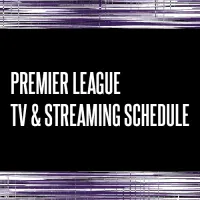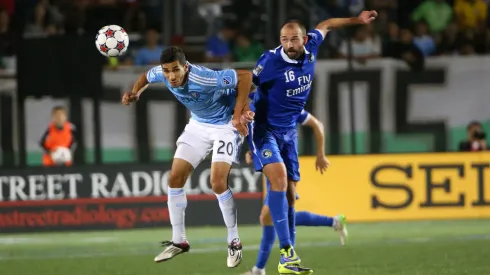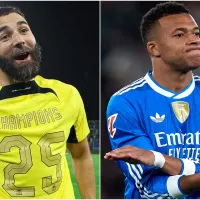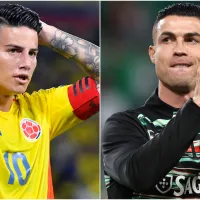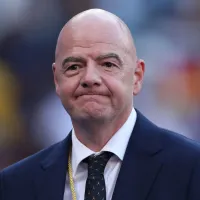
Many fans of the Beautiful Game criticize MLS for its single entity structure and salary caps. What has resulted is parity though certain teams like the Los Angeles Galaxy have found a way to “game” the system, but much of the success of the Galaxy is down to the management genius of Bruce Arena. But the MLS approach has not allowed for the development of “super clubs,” the way we see in the Laissez-faire world of European soccer.
In fact some of MLS’ more successful clubs both commercially and on the pitch sit in smaller markets like Salt Lake City, Portland and Kansas City. Expansion team Orlando City SC, a medium-sized market club that until this season played in the third-tier of American soccer, has drawn larger crowds than a new side in New York City owned by Manchester City’s Arab billionaires and the Lions have been better on the pitch as well.
The NASL, which seeks to rival MLS, has taken a different approach. The league has no caps on club spending, no player drafts and fairly loose roster limitations. What has resulted is a league where three exceedingly successful clubs have emerged by investing more than other teams. One of these teams, Minnesota United FC, is moving to MLS, but the other two, the Tampa Bay Rowdies and New York Cosmos are traditional brand names that create a beachhead for the league.
This season, the Rowdies and the Cosmos have run away thus far from the pack in NASL on the field while using their history to build branding both home and abroad. The Cosmos’ recent successful trip to Cuba was case in point – the allure of an international “super club” whose brand recognition spans the generations was an attractive proposition for a historic match that was covered across the globe. One might question whether any MLS club has such cache’ or branding potential abroad.
But the negative side of the NASL model is the inability of teams at the low end of the scale to compete financially. The league-owned Atlanta Silverbacks play in a facility that seats less than 5,000 fans and operates on a strict budget. The Carolina RailHawks, owned by Traffic Sports, has operated under similar budget constraints for five seasons. Fans in southeast Florida often like to compare the Fort Lauderdale Strikers to the Rowdies, their in-state rivals, using Tampa Bay’s success as a barometer to criticize Fort Lauderdale’s ownership. But financially, the Strikers simply cannot compete with the Rowdies, so the types of comparisons that can be made between MLS teams that are rivals of one another really cannot be applied in this case.
MLS’ model has its advantages particularly in a country where the fan bases for clubs are not well-established. The original NASL taught us that even for a fleeting moment, club soccer can be popular anywhere in North America, but sustainability is the key. MLS’ model is sustainable and has seen the vast majority of clubs outside large markets continue to grow at a healthy rate in terms of market penetration and local support. However, it can be debated that in larger markets the MLS model, which prevents the emergence of super clubs, has been harmful. One such market is Chicago, where the early success of the Fire has given way to a malaise and indifference locally. NASL has been exploring the possibility of placing a team in the Chicago market that would compete with the Fire much the same way the Cosmos compete with the New York area MLS teams. Given the lack of market penetration the Fire has and the lack of restrictions on spending in NASL, at least in theory this club — if it ever gets off the ground — could be a threat.
Soccer purists tend to advocate a more open system than MLS provides. Currently, the NASL provides just such a laboratory for that sort of experiment.
The results down the road will be instructive. Will the popularity and spending of the top-end NASL teams lift all boats and make each side in the league stronger financially, or will it lead to clubs without an established base of support to go under? Will the persistence of the MLS model that values competitiveness and parity over the development of ultra-competitive international brands and super clubs continue to see the type of growth that has made the league one of the best attended in the world? In time we will know the answers to these questions.



